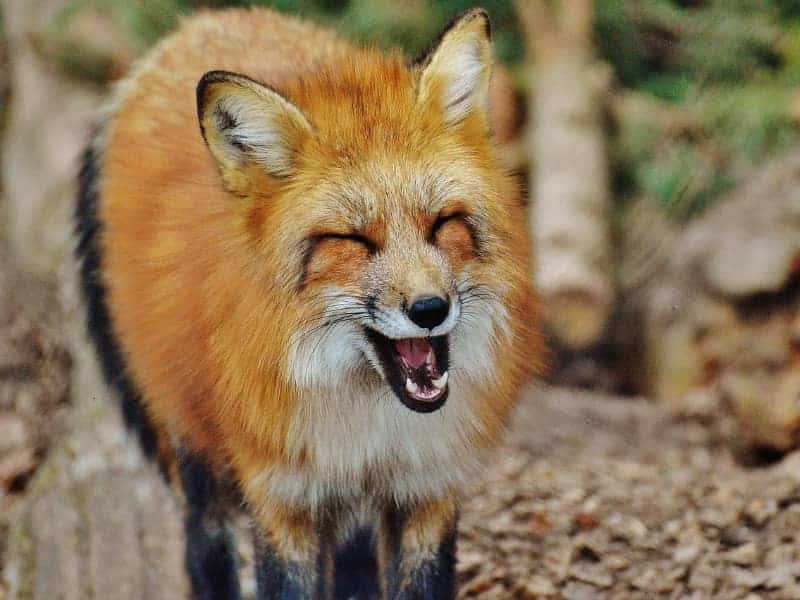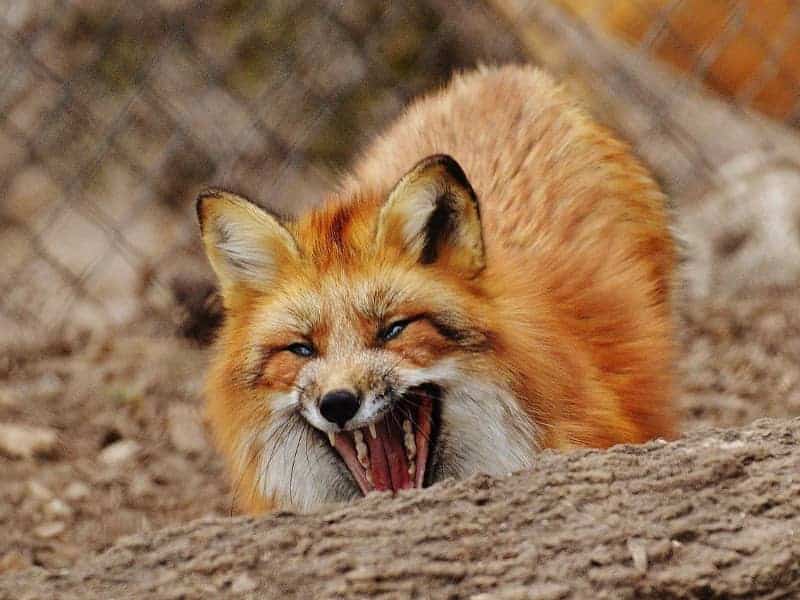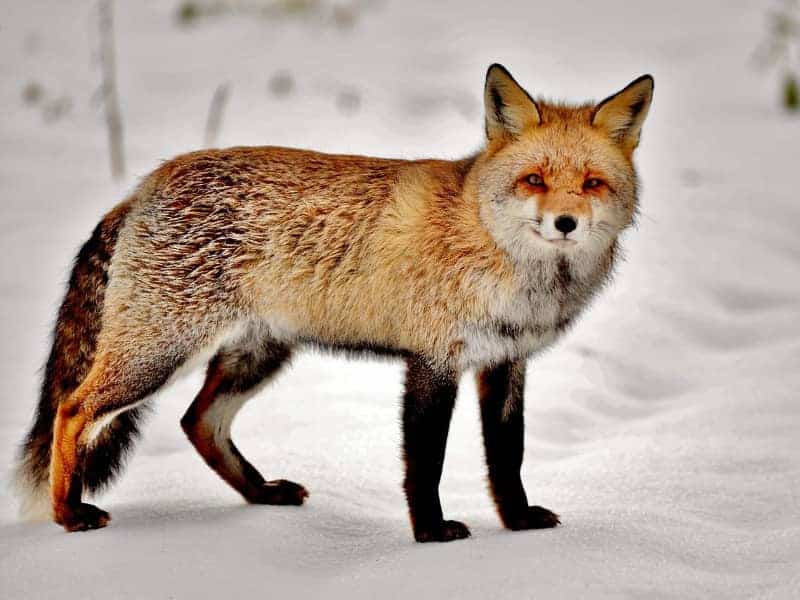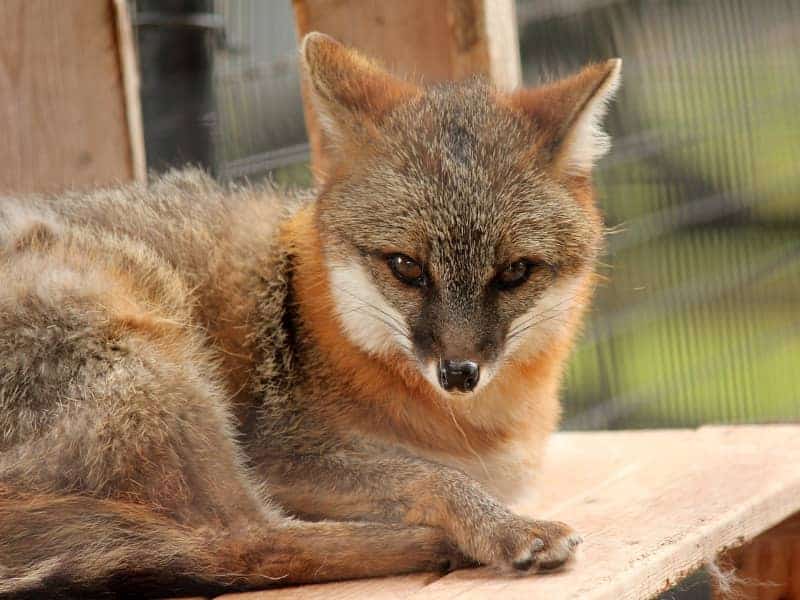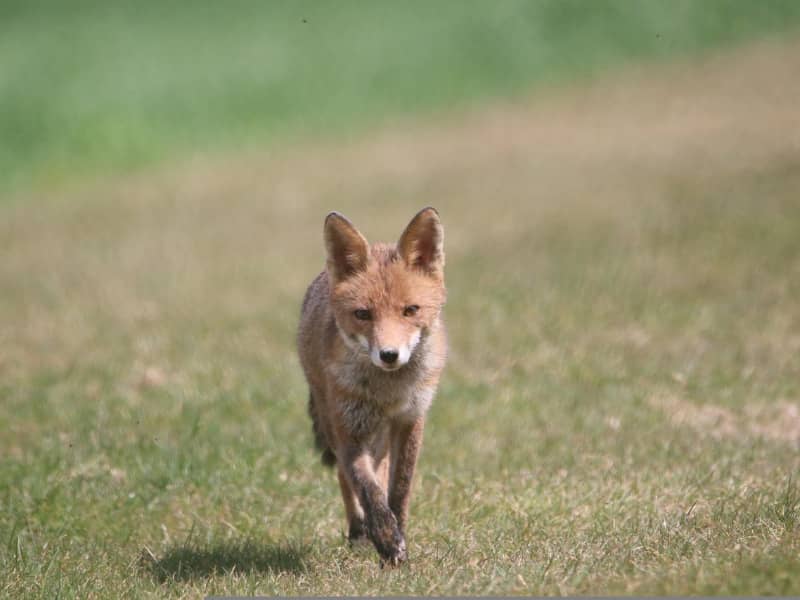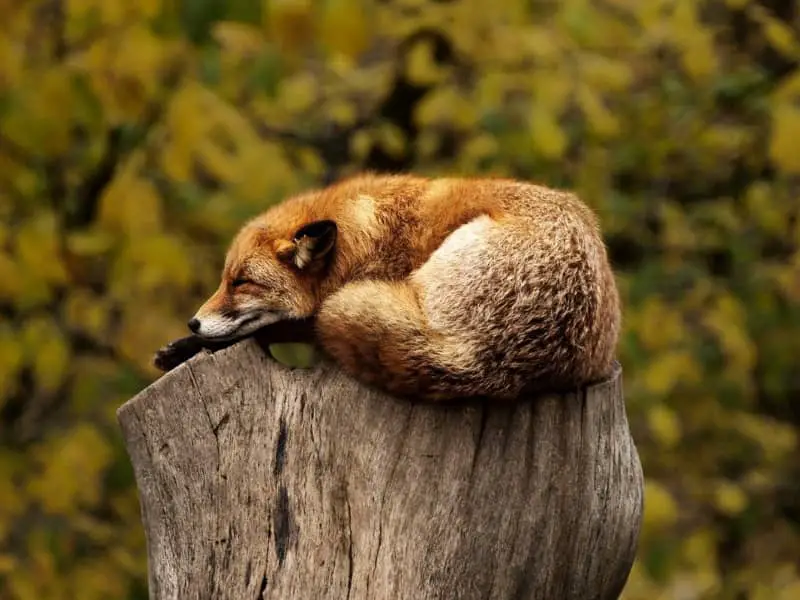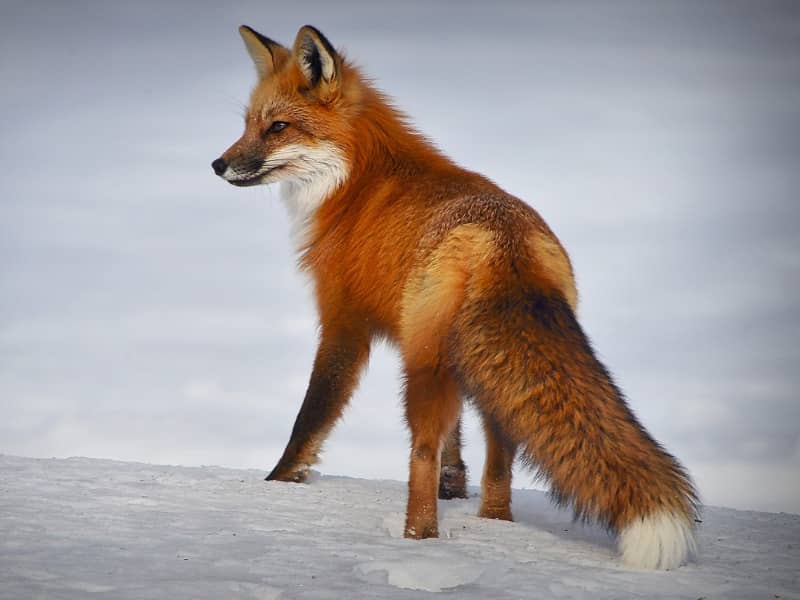
Fox tracks
Fox tracks are not only the footprints in the snow of the fox, which you can sometimes discover. They are also the tracks of feeding and excrements left by the fox. Thanks to these tracks you can tell if you have nocturnal visitors in your garden and if these tracks are really due to a fox.
Fox tracks - this is what they look like
Recognizing fox tracks is not so easy, because they strongly resemble the prints of dogs, cats and sometimes even hedgehogs. A marten also leaves similar footprints. The difference is difficult for the layman to make out, as they only differ slightly in size, toe position and the imprints of the claws. We try to explain how it looks exactly.
The animals listed are so-called toe walkers. This term, describes the type of gait. These animals leave traces from their four toes and the main ball when walking. The foxes have a roundish main ball, while in the dogs it goes in the direction of heart-shaped. In the fox, the area between the main pads and the pads of the toes is larger than in the dog.
A dog track is therefore more spread out in direct comparison to a fox track, like when you press your hand into the snow, spreading your fingers as far apart as possible. You can easily distinguish a cat because it does not leave claw marks when walking.
The trail of the red fox
The red fox is the only fox species that lives in Central Europe. The only exceptions are animals that have escaped from game reserves or zoological gardens. Therefore, if you discover a fox track in your garden, you can assume that it comes from a red fox. This is what a fox track looks like:
| Length | 4.5 cm to 5 cm |
| Wide | 4 cm to 4.5 cm |
| Form | four toes; the outer claws are slightly bent inwards; the two middle claws are almost next to each other |
| Course | Steps are staggered; the step length is between 65 cm and 75 cm |
| Occurrence | Forest, meadows; fields, gardens |
Fox and hound, the different tread seals
In the garden you discover a track that could be a fox track. However, upon closer inspection and with the help of our explanation, you quickly realize that this is the footprint of a dog.
Because there is an important difference between the two footprints. A fox is so that the front pads do not overlap with the rear pads. But if you look closely at a dog track, you will see that the front pads overlap with the rear pads. So you can easily distinguish the two footprints.
Fox tracks, the trotting gait
The typical fox track is made when the fox trots. Because this is the most common gait of the fox and consequently the track that can be found most often. You have to imagine this as follows. The hind legs land in the prints of the front legs when trotting. The faster the fox converts this trotting gait, the more accurate this imprint, also called lacing gait, becomes.
Especially in the snow can detect his sole lacing track well. Here you can no longer recognize exact prints, because the prints of the front and hind legs sit at the same point. However, you can be 99 % sure that this track is the track of a fox. Because dogs can't do this lacing and their four paws are close together when trotting as tracks.
Fox tracks - the solution
The excreta of a fox is called a loaf. This loaf usually contains fur and feather remains, as well as often small bone particles. A peculiarity of the fox is that it likes to deposit its droppings in an elevated place. So he leaves his fox tracks for example on a boundary stone or also on a tree stump.
The loose material lasts for several days, so even after a few days you can still tell whether it is a fox track or another animal. The sausage looks like a sausage, similar to what you know from dogs. However, it becomes a twisted point toward the end. If there are several pieces of looseness, then only the last piece has this twisted tip.
As a rule, the lot has a length of 8-10 cm and has an approximate diameter of 2 cm. Depending on what the fox eats, so his fox track changes. This also has to do with the course of the seasons. In the winter, the loaf is more of light brown to gray. While the rest of the year it is dark gray and often almost black.
A very fresh loaf, has a light coating of mucus. The parts of bones contained in the solution remain after the decomposition of other organic matter and have a dark complexion. The more hair remains in the solution, the longer it retains its shape and can be better determined by you.
Feeding traces of the fox
A typical prey of the fox are birds. So if you find some feathers, you can tell if they are from a fight between a fox and a bird. When you look closely at the quill, you may notice that it is smooth or frayed. If it is smooth, then the hunter was definitely not a fox.
Here, a bird of prey will probably have been successful. However, if the quill is frayed, then the probability is high that it was a fox. However, martens and polecats also leave the same tracks when they kill a bird. Even if it looks like fox tracks here at first glance.
Author

-
Garden animal - A life with nature
Welcome to my animal blog! My name is Dirk and I am happy to take you on my journey through the fascinating world of animals and gardening.
Born 54 years ago, I have had an insatiable curiosity for the animal world around me since childhood. Although I have moved professionally in other industries, my true passion has always been animals and nature. It is remarkable how a small garden has become such an important part of my life.
Many of my fondest memories are associated with the animals that share our home. Whether it's the curious squirrels that scurry across the trees in the morning, the colorful variety of birds that visit our feeders, or the busy bees and butterflies that pollinate our flowers, every moment with them is invaluable to me.
This blog is my contribution to share my experiences, discoveries and insights with like-minded people. Here I will share stories of unforgettable encounters with animals, give tips on gardening and creating wildlife-friendly habitats, and take you on my journeys through nature.
Thank you so much for being here!
Cordial,
Dirk aka garden animal
Last posts
- 27. February 2024PetsVeganes Hundefutter – Grün und Gesund?
- 18. January 2024ChickensOregano für Hühner
- November 27, 2023HamsterDiurnal hamsters
- November 24, 2023HamsterHamster hammock

